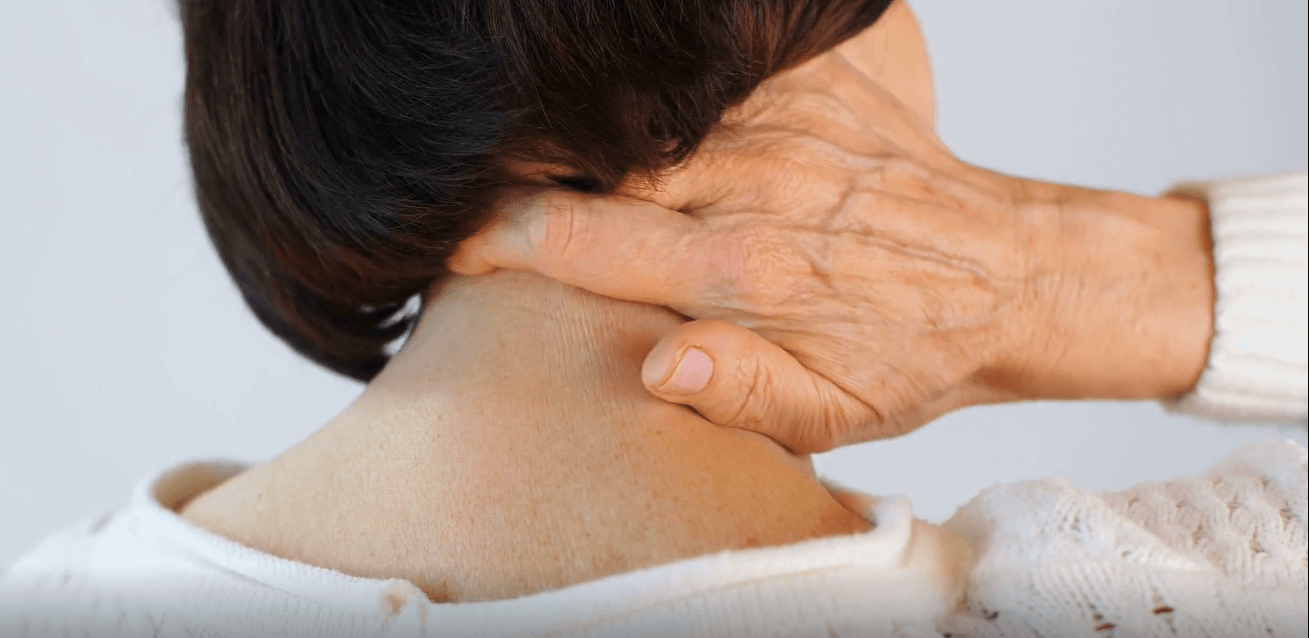July 28, 2022
1m 41s
Share:
Pain is a complex process, the result of stimuli of different origin, which constitutes a first-order alarm system and warns that there is some danger to the integrity of the organism that deserves attention, allowing to set in motion the mechanisms of avoidance or protection. According to its pathophysiology, pain is divided into: nociceptive, neuropathic and psychogenic; and according to its duration into: acute and chronic. Based on the patient's clinical picture, the professional can determine which type of treatment is indicated.
Among the different existing therapies for the treatment of pain, hyperbaric oxygenation treatment (HBOT) is one of the most effective, because it manages to correct the mechanisms involved in its genesis in a non-invasive way. When the patient enters the chamber and breathes high concentrations of oxygen at a pressure of 1.45 atmospheres, a hyperoxygenation effect is generated, triggering an increase in the partial pressure of oxygen in all body fluids that produce secondary mechanisms. Among them, we find the reduction of mediators of ischemia-reperfusion injury and inflammatory processes. Among the mediators that are blocked by hyperbaric oxygenation is nuclear transcription factor Kappa B (NFkB), inducible nitric oxide synthase (iNOS), phospholipase A2 and subsequently lipo- and cyclooxygenase (COX-2), cytokines (IL-1, 6, 8, TNFa, IFNg and PAF). It also reduces the expression of intercellular adhesion molecule 1 [ICAM-1] and integrin beta. It also maintains oxygen balance by reducing the production of reactive oxygen species and promoting the production of enzymatic and non-enzymatic antioxidant substances.
An investigation by Dr. Armin III Korrodi Arroyo and collaborators showed that it is possible to reduce pain in patients by correcting the mechanisms involved in the origin of pain. A total of 60 patients with different pathologies were selected, 40 men and 20 women, aged between 7 and 78 years. The participants received hyperbaric oxygen therapy at medium pressure for a period of 10 months. The frequency and number of weekly sessions were indicated according to the pathology presented by the patient, and the visual analog scale (VAS) was used to assess the pain intensity before and after treatment. Before starting the treatment, 60% of the patients reported a VAS pain rating of 7-10 while, after the treatment, a significant reduction in pain was obtained, with a VAS of 0-1 in 75% of the patients.
This trial showed that hyperbaric oxygenation therapy can reduce tissue hypoxia and inflammatory mediators, which also cause pain in patients and significantly reduce pain intensity, thus improving their quality of life.
Share:
Related
View cookie policy.


